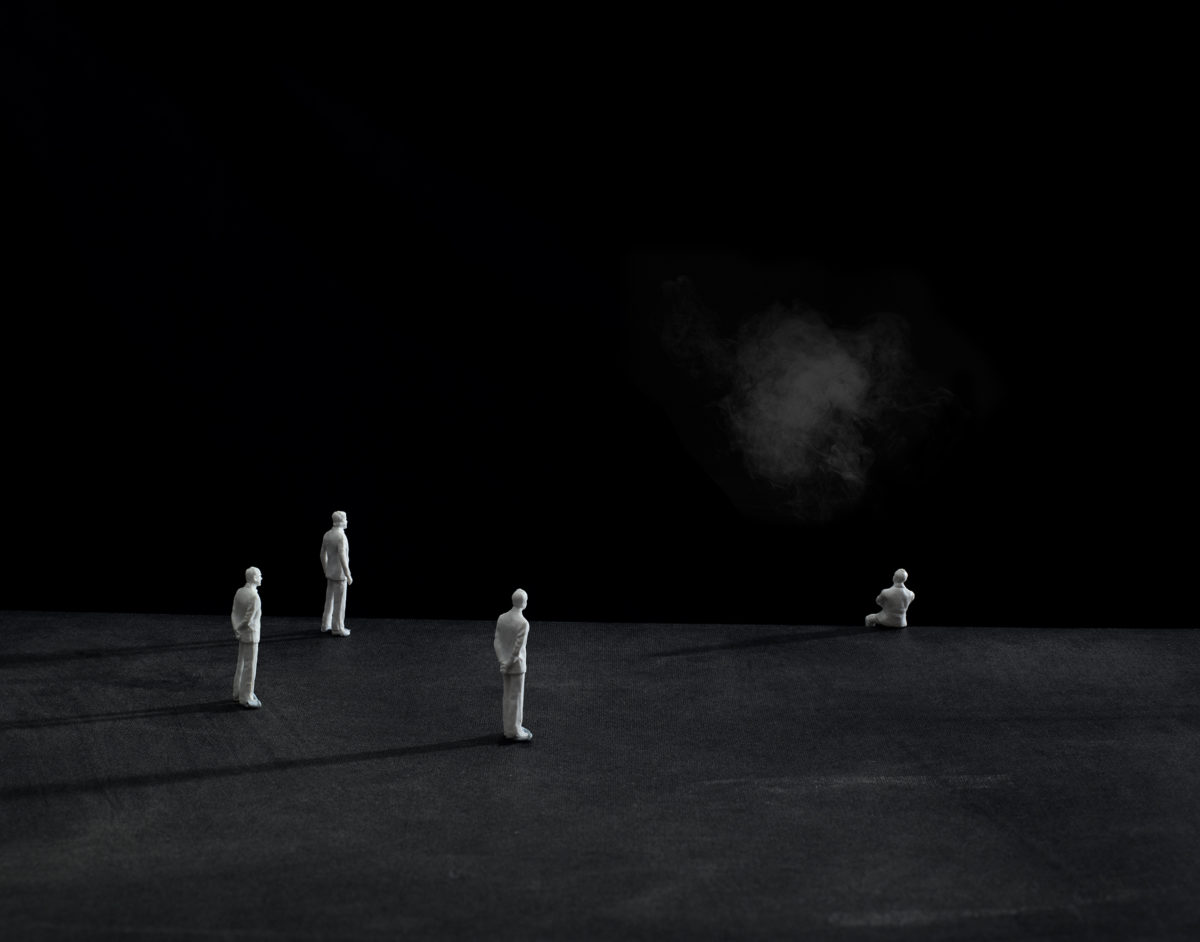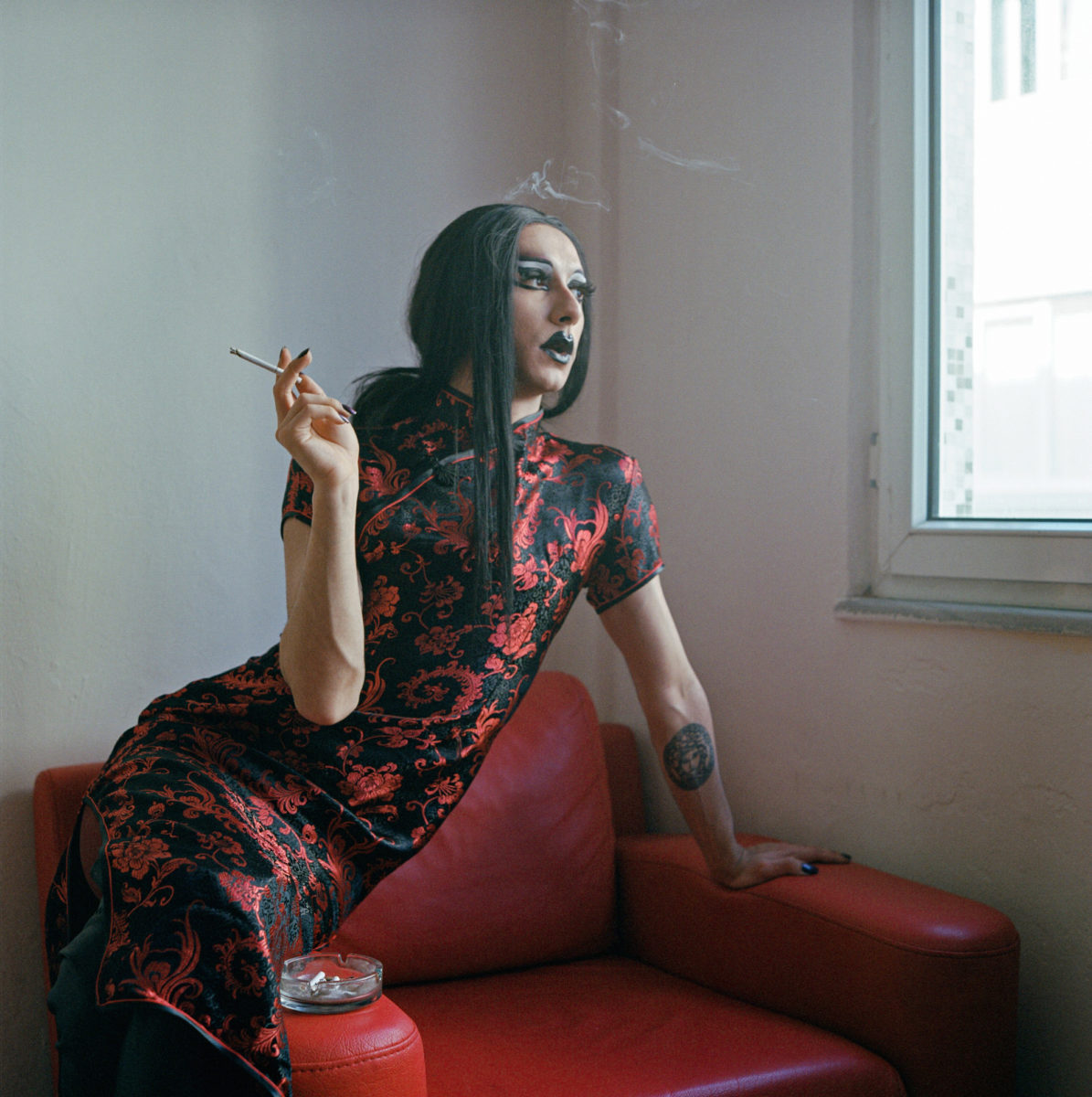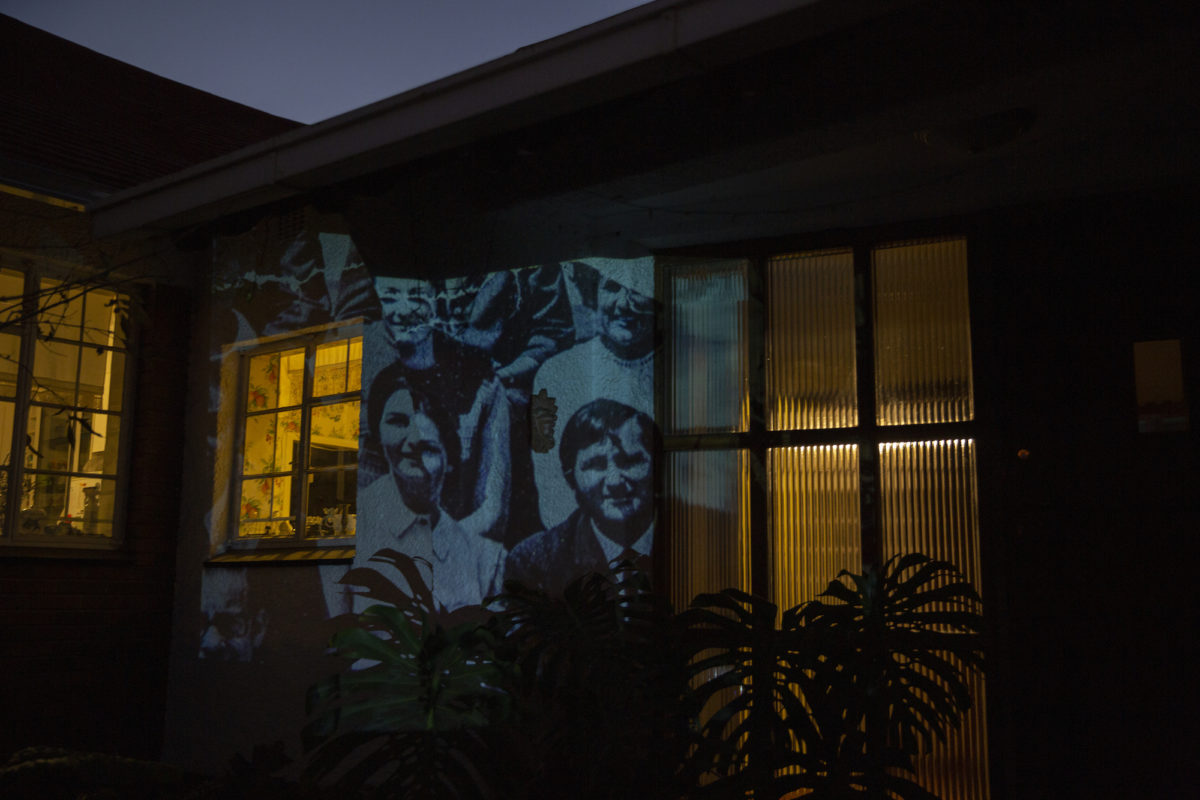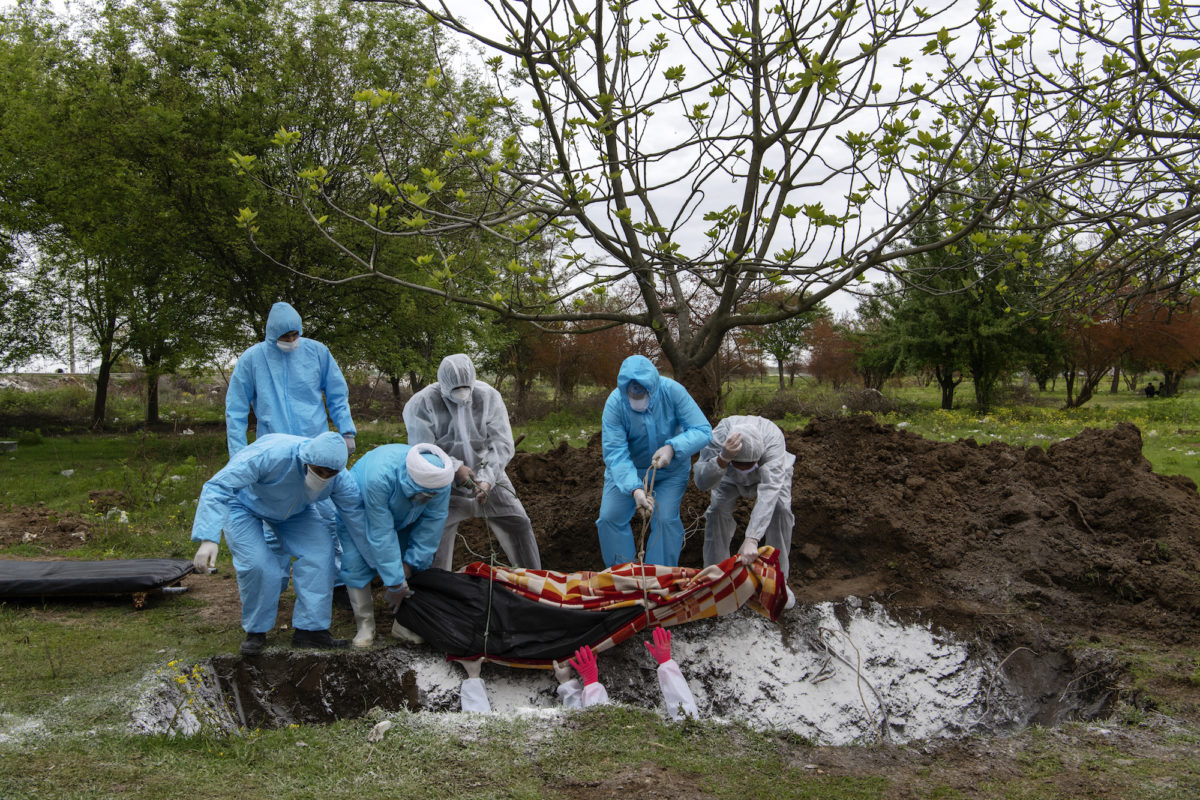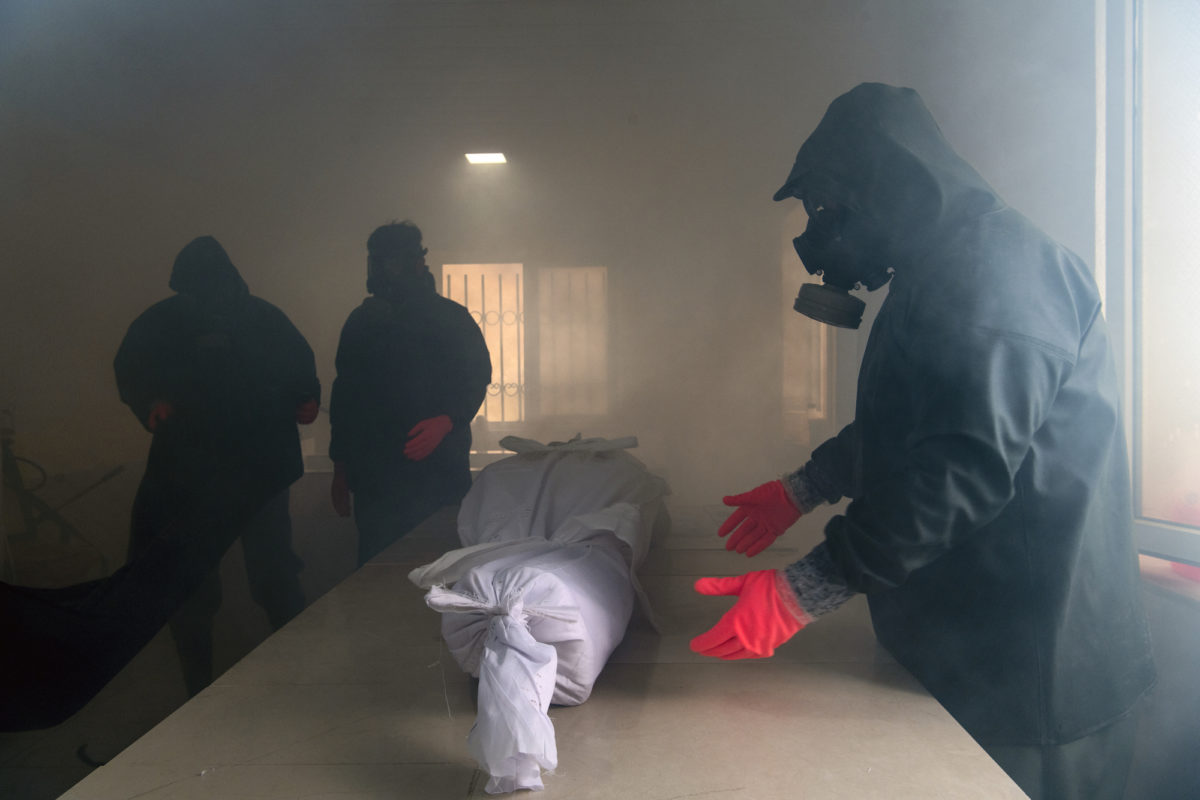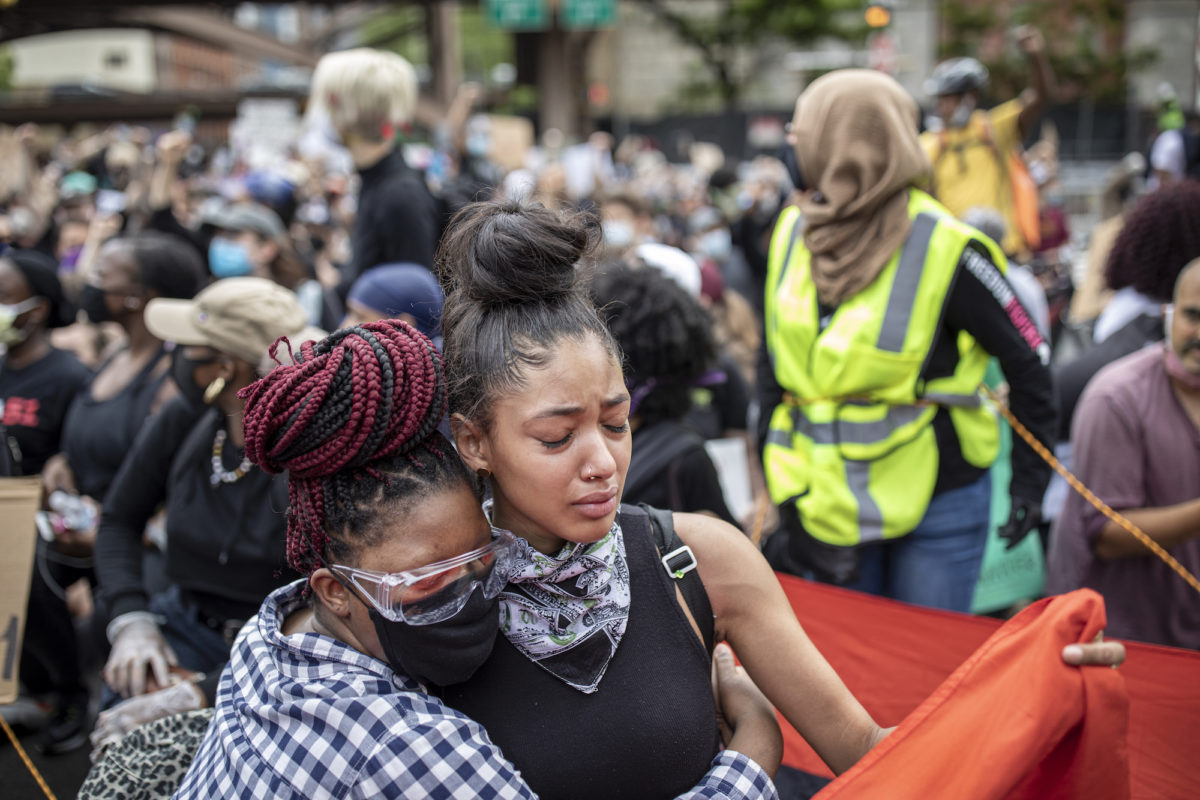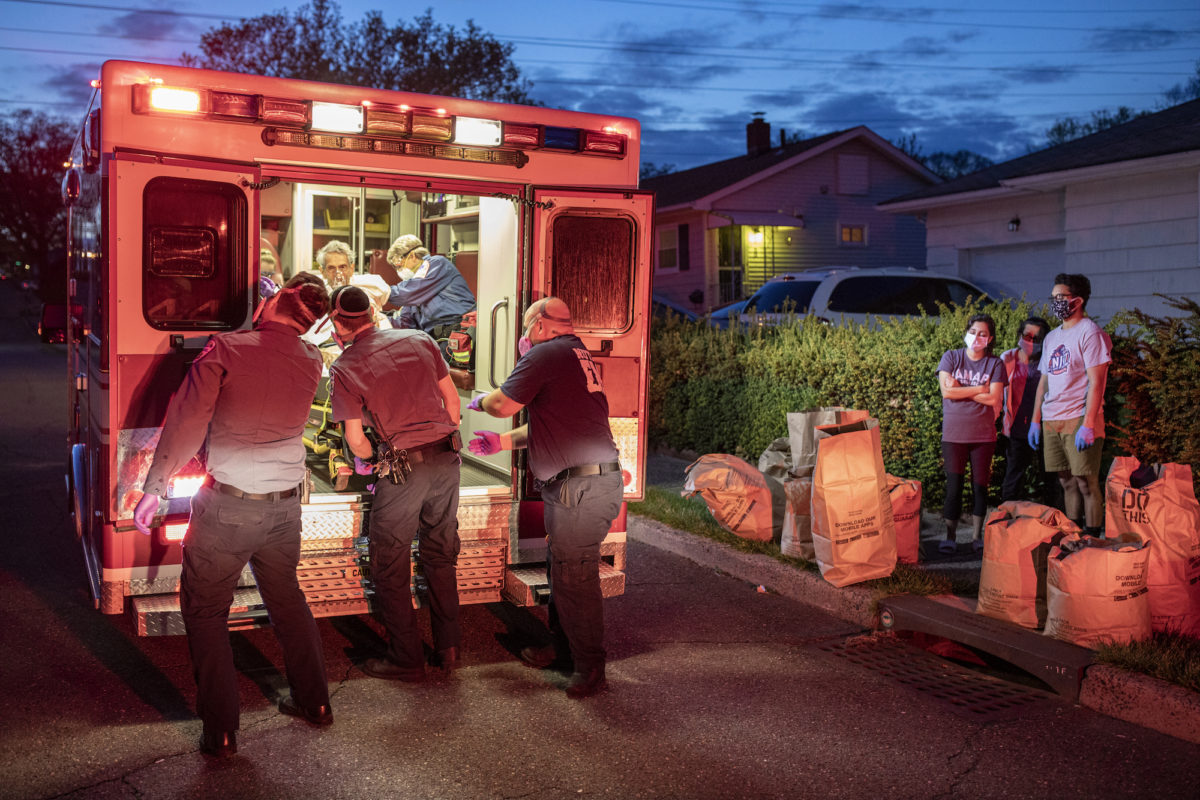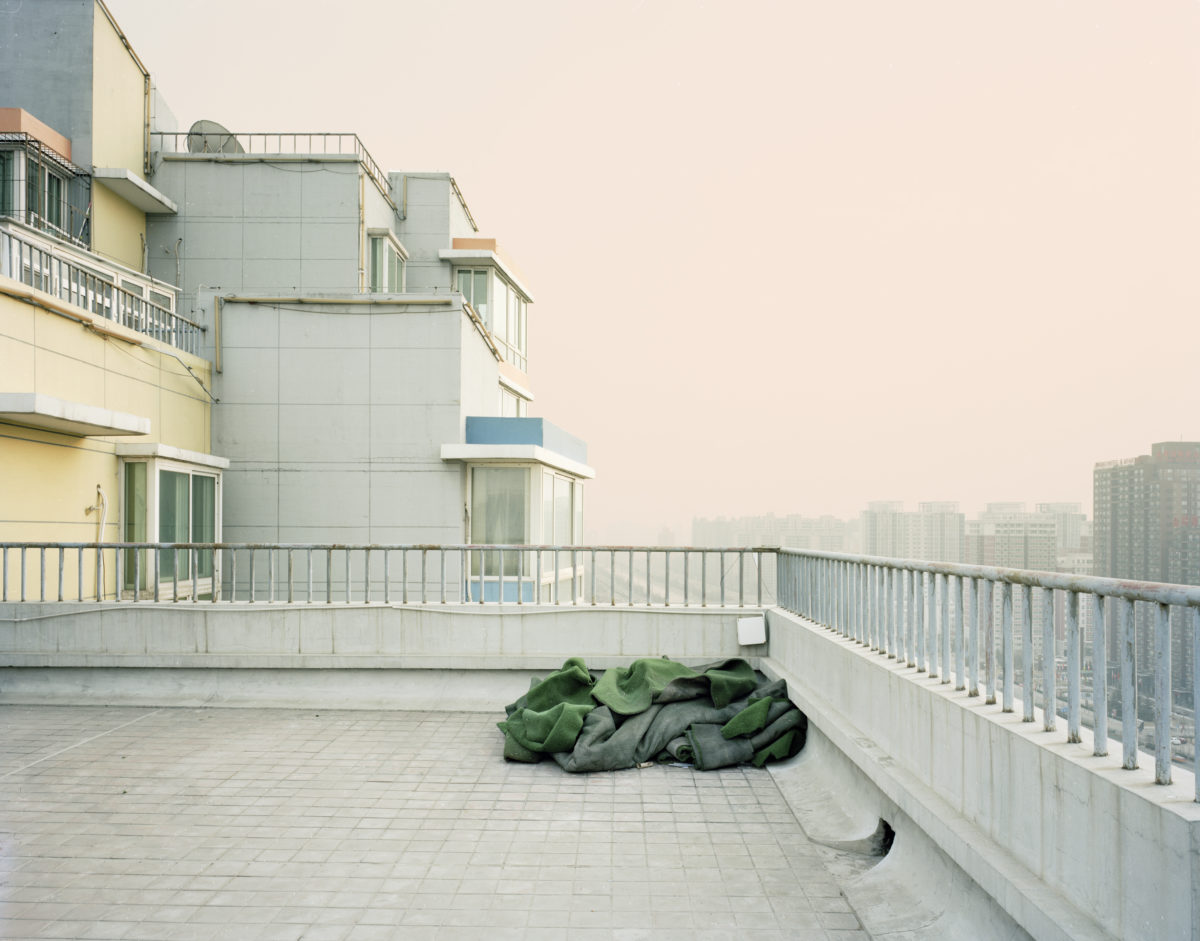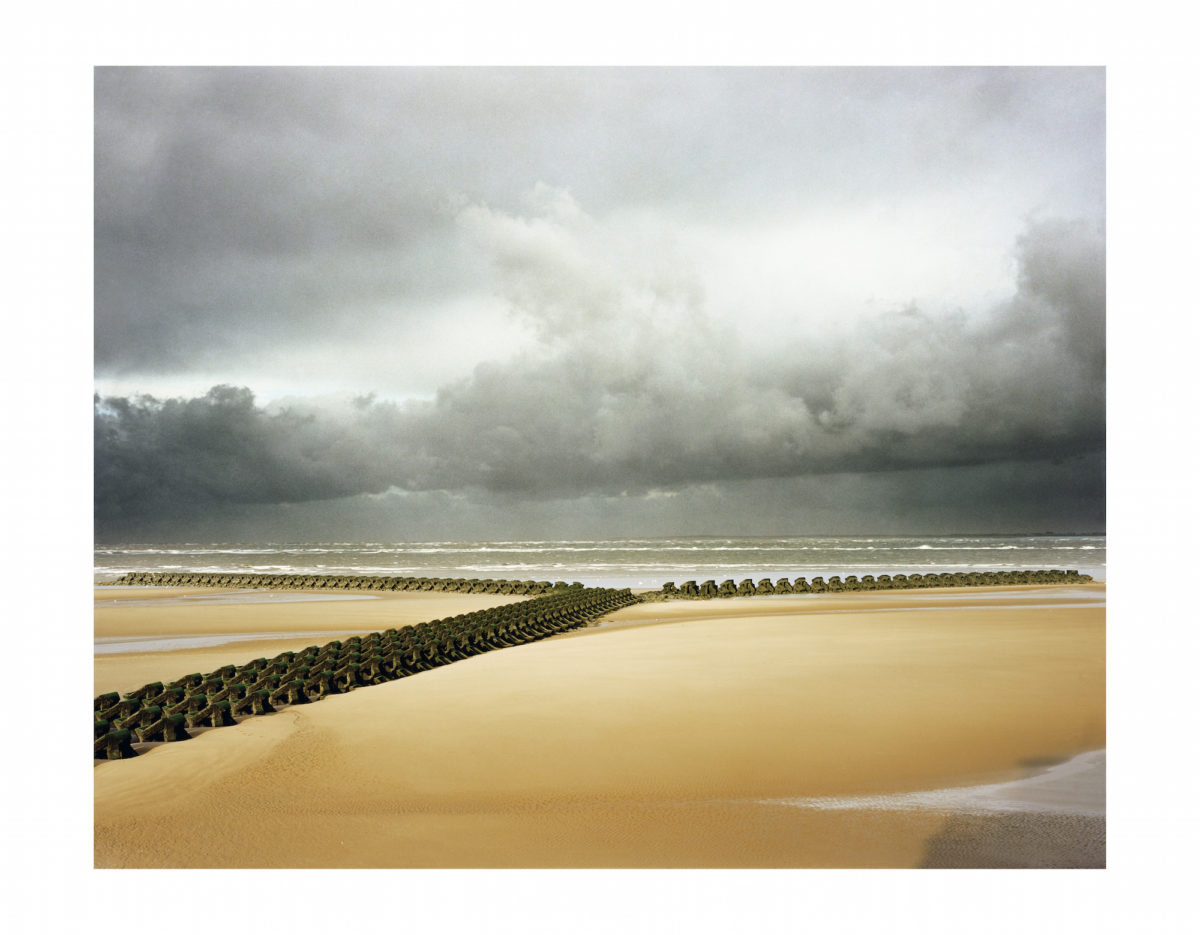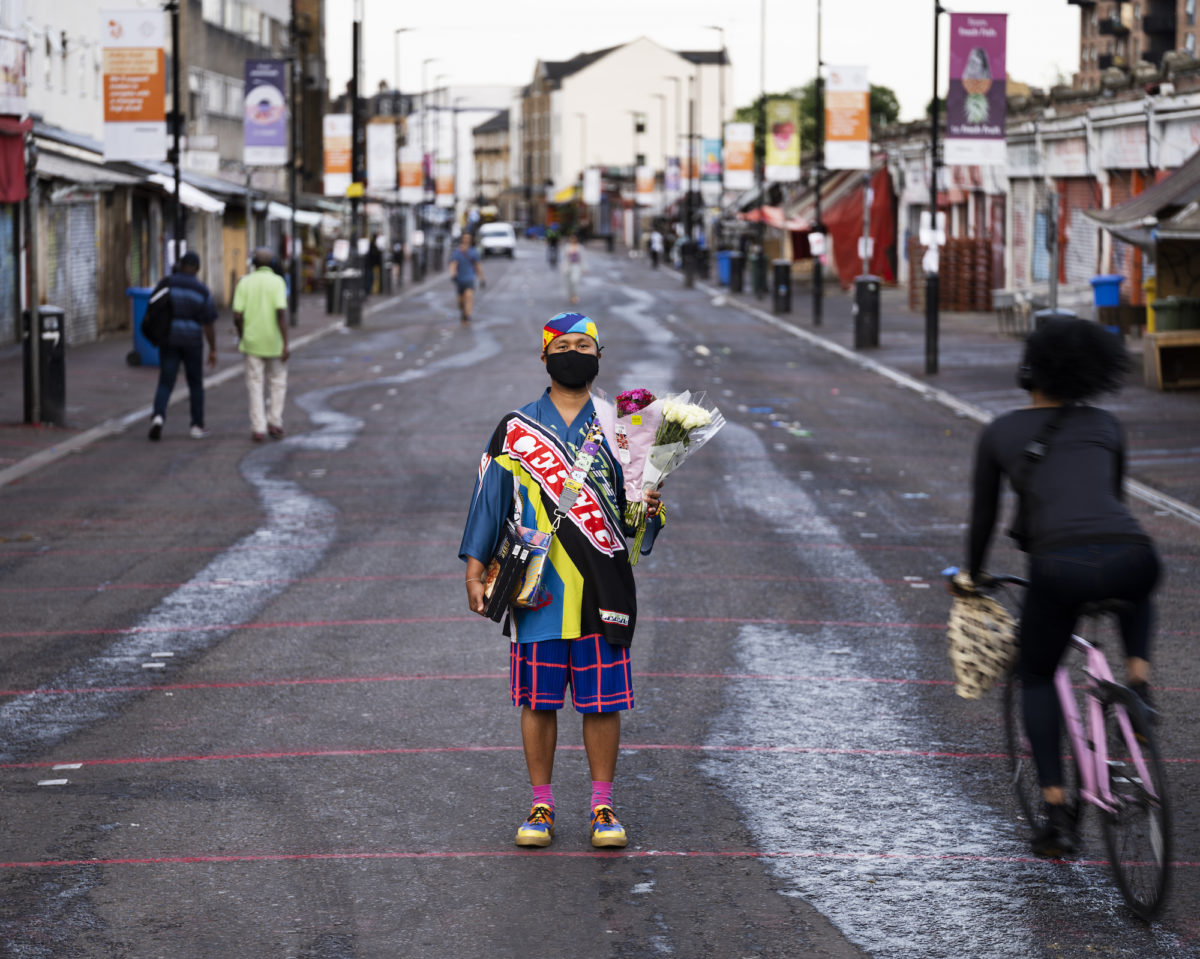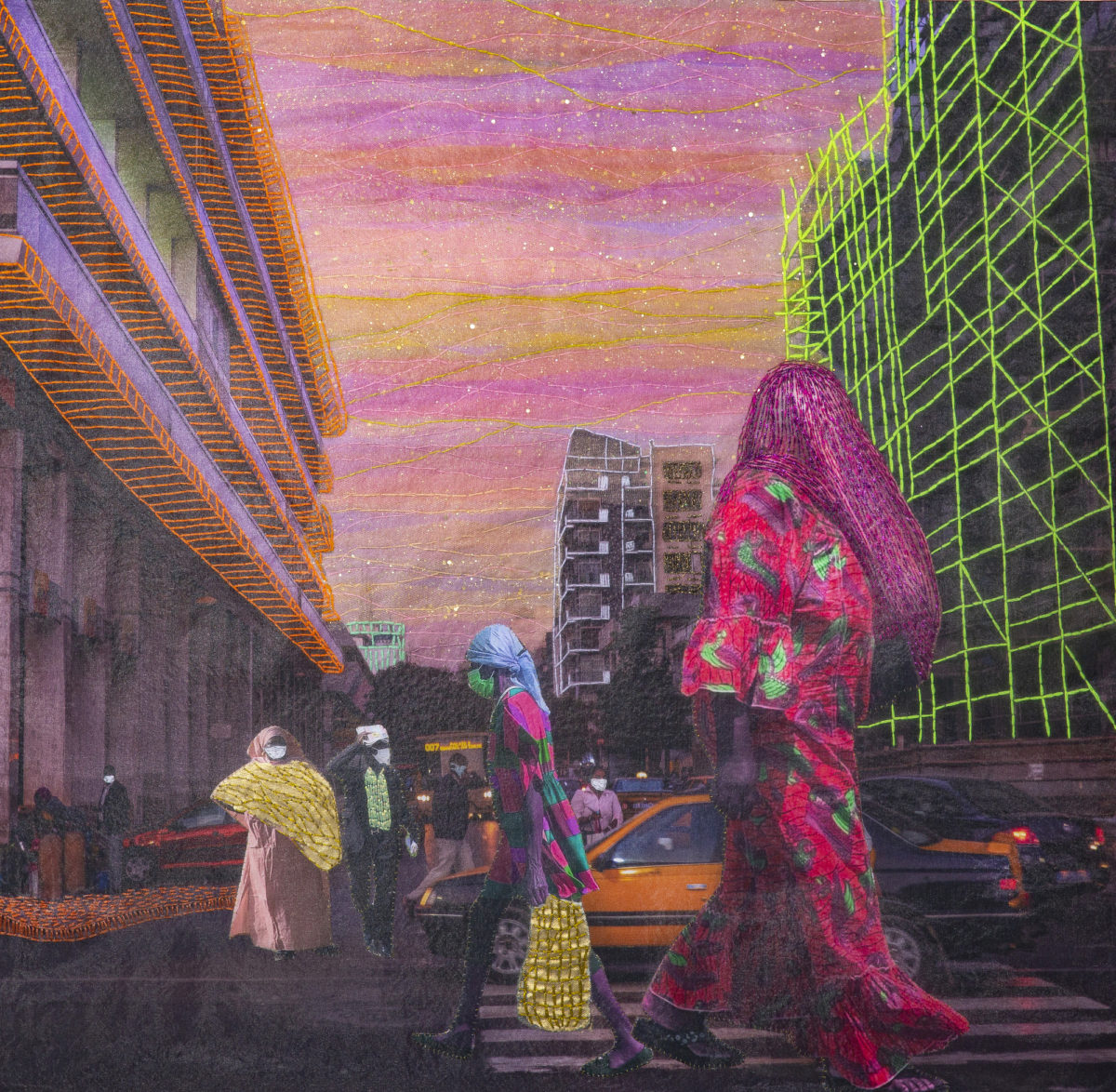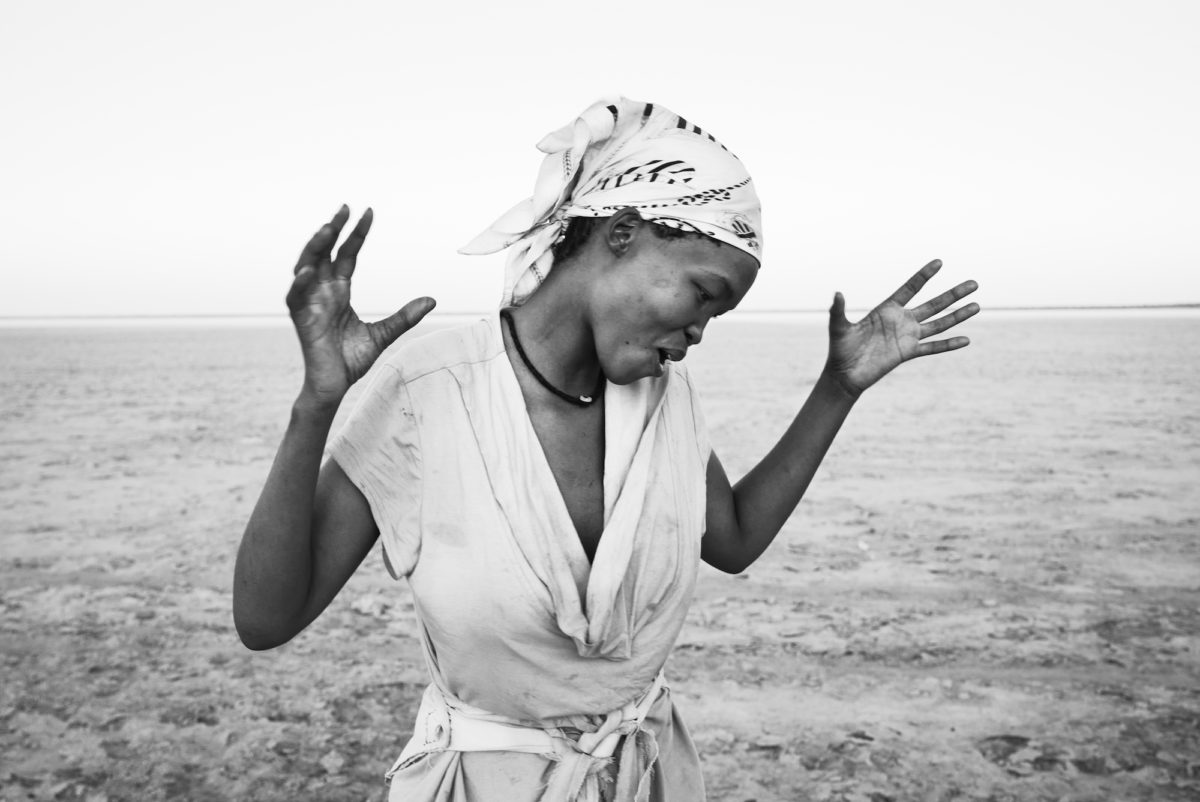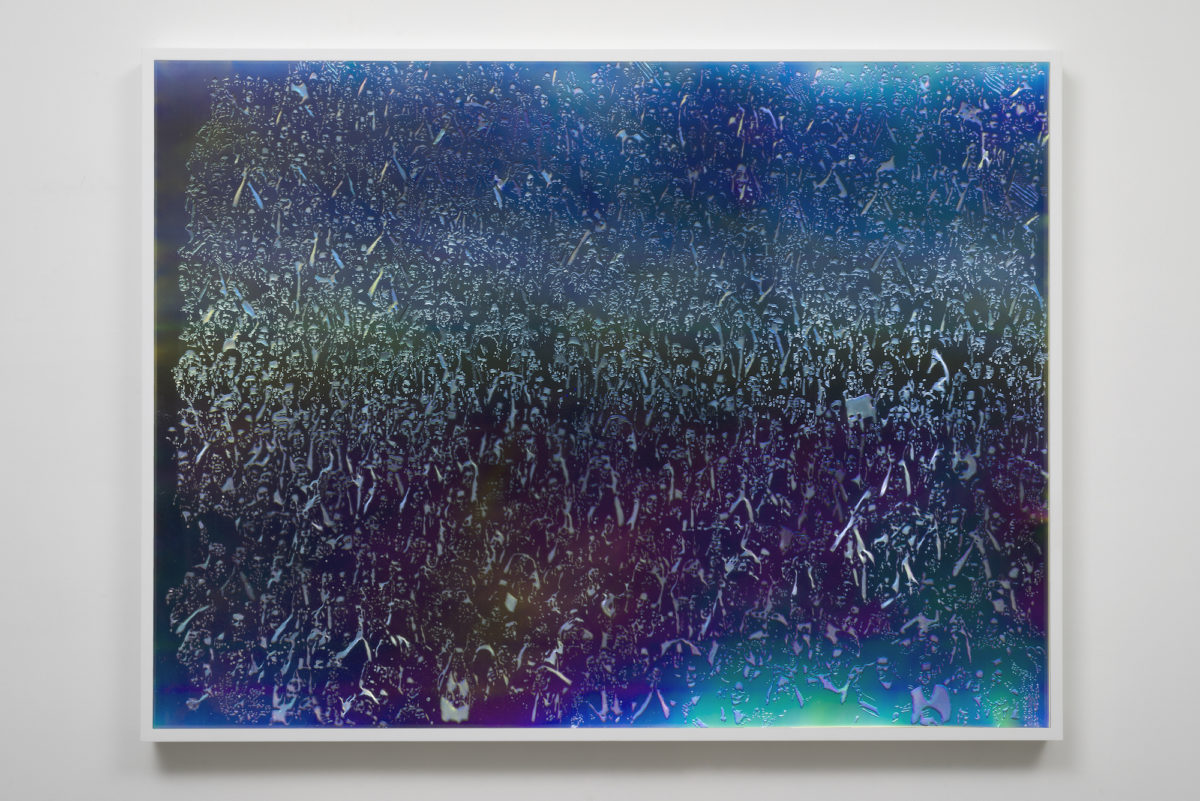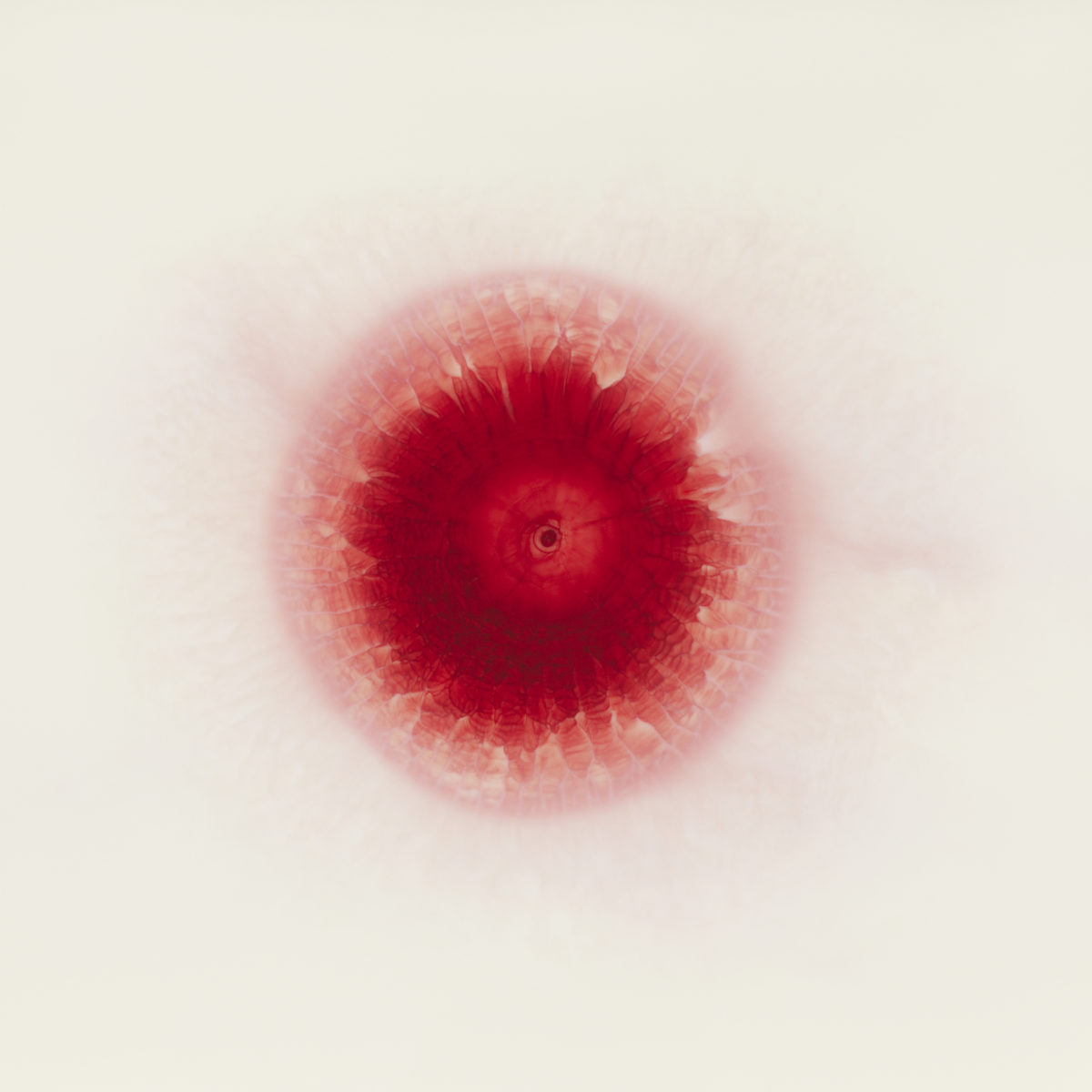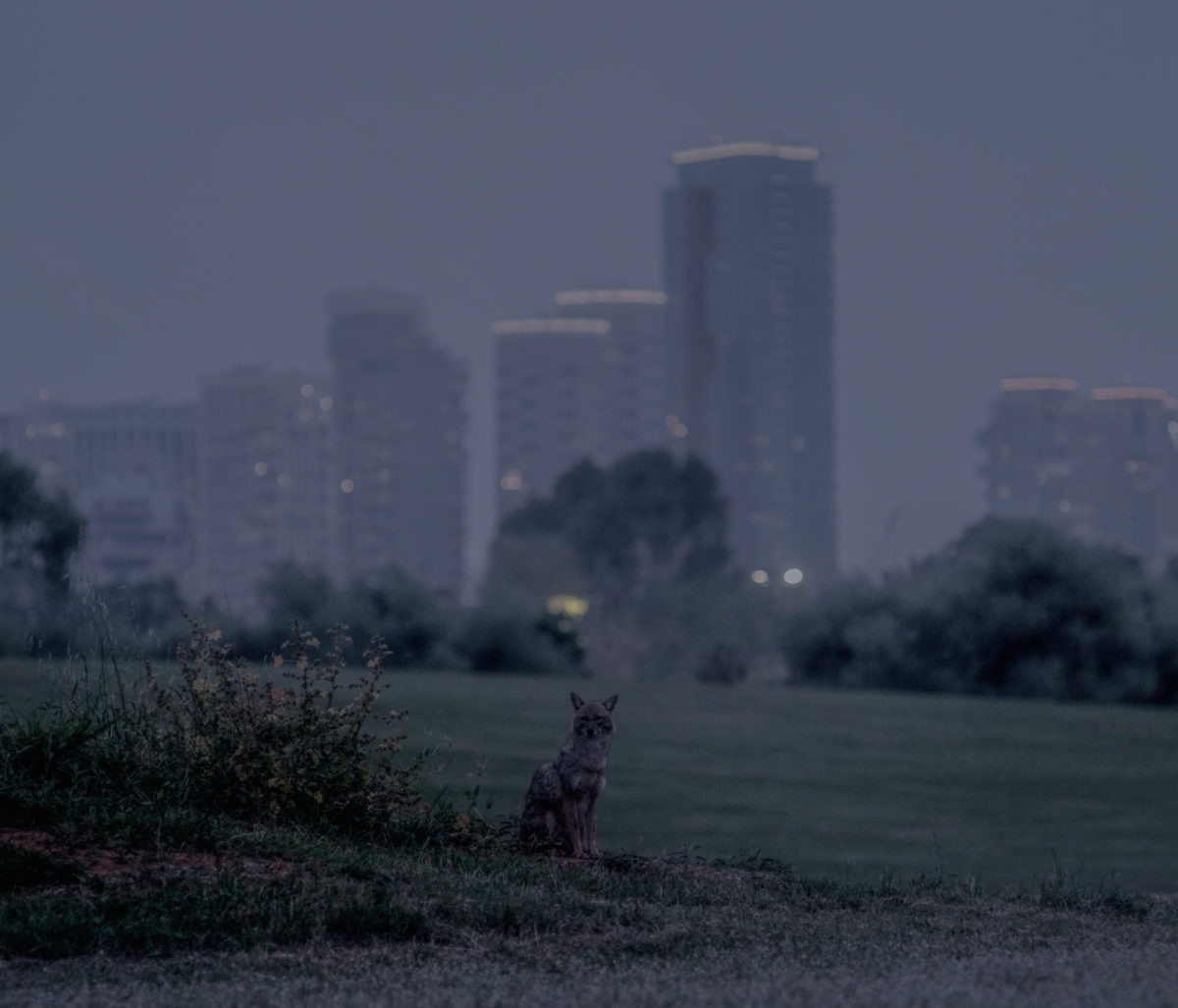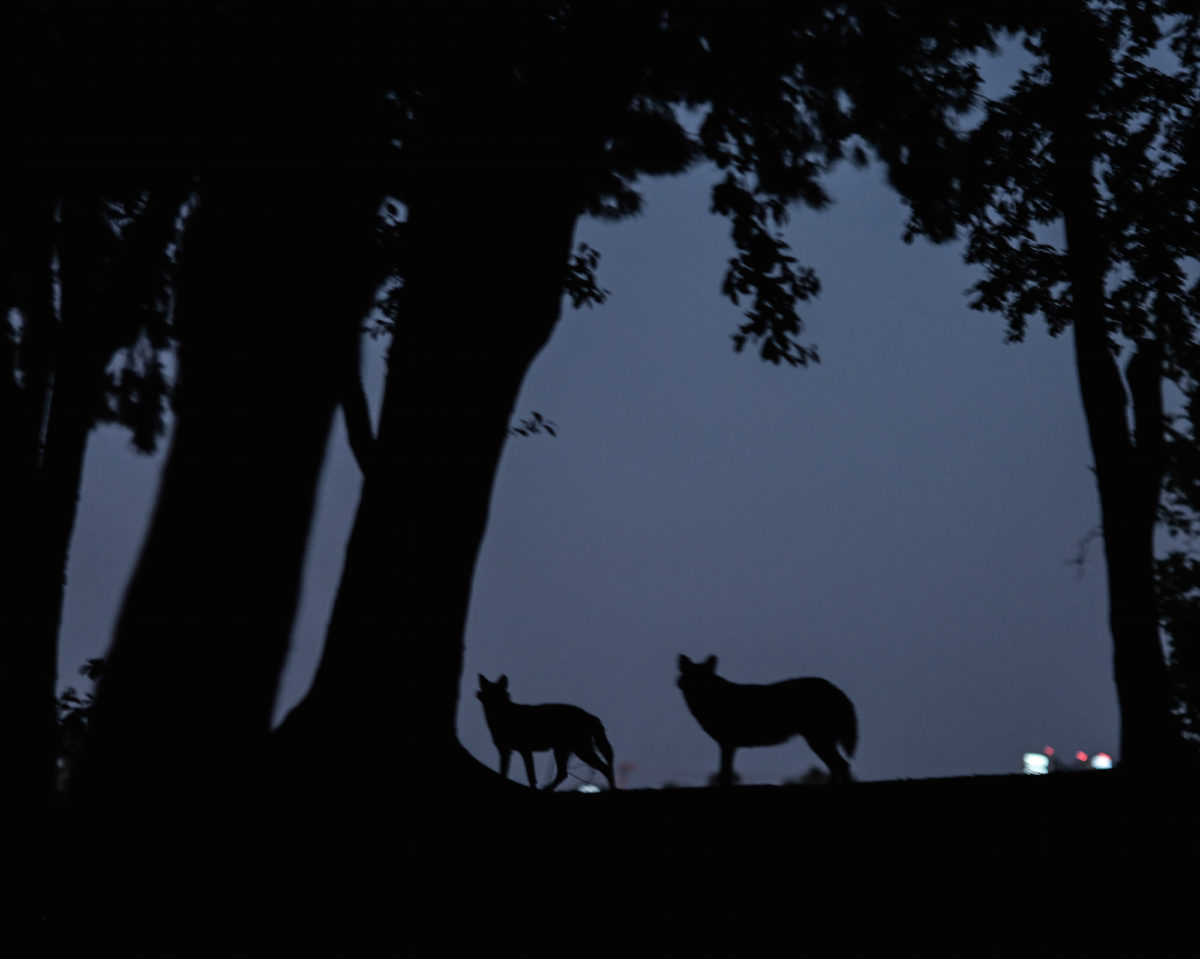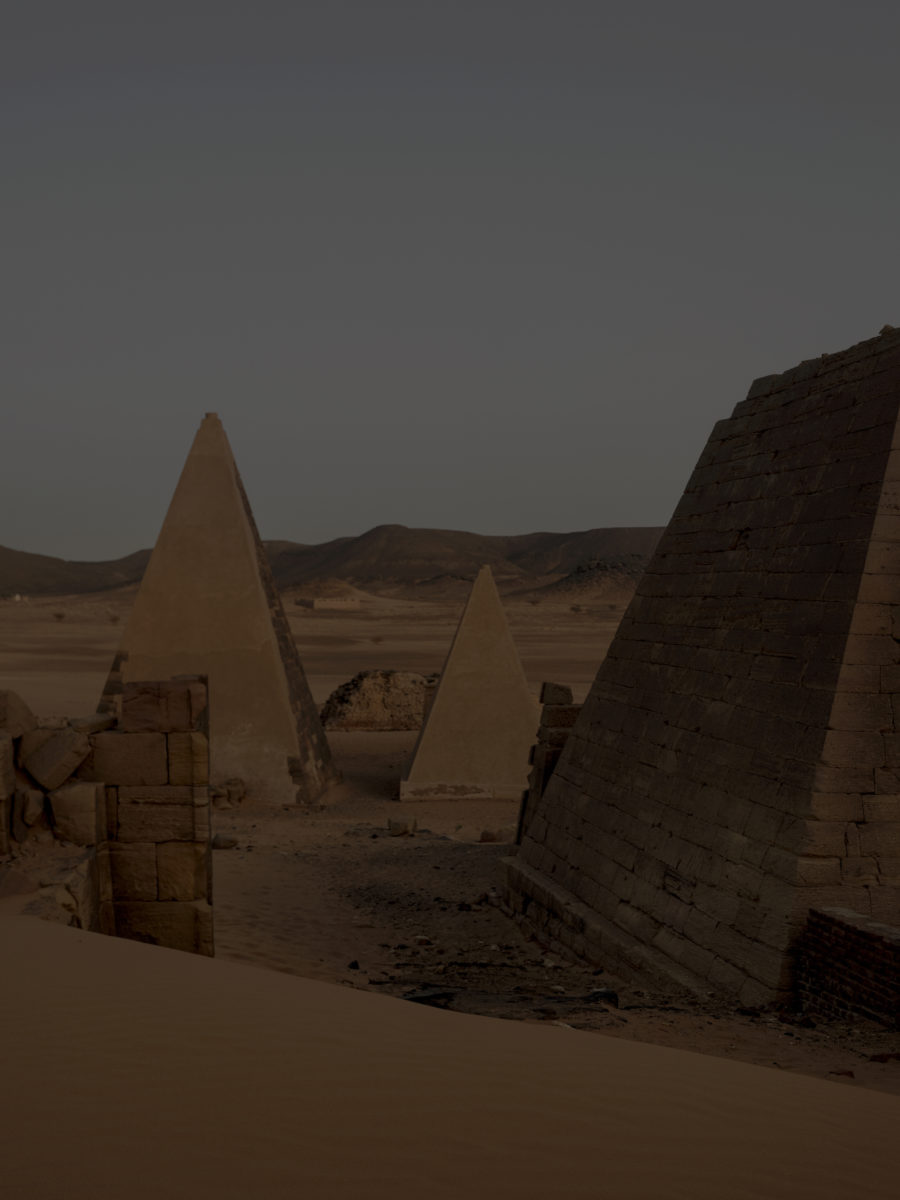
In the first essay in Confinement, the new pandemic photobook released by Prix Pictet (the global award in photography and sustainability), historian Peter Frankopan muses somewhat sentimentally on the passing of time; its punctuation with events and longevity in memory. “When we think back to things that place us in a specific moment, we open up doors into our own pasts,” he reflects.
He describes a tension explored in the book, a byproduct of the instruction to the artists to avoid cliché when depicting the effects of Covid-19: a tension that exists between the photographer’s own experience, and the ability of an image to transcend the instantaneous conditions of its creation and represent something more profound. In achieving the latter, an image can appeal to a large number of people, coming to represent a specific moment in our shared history.
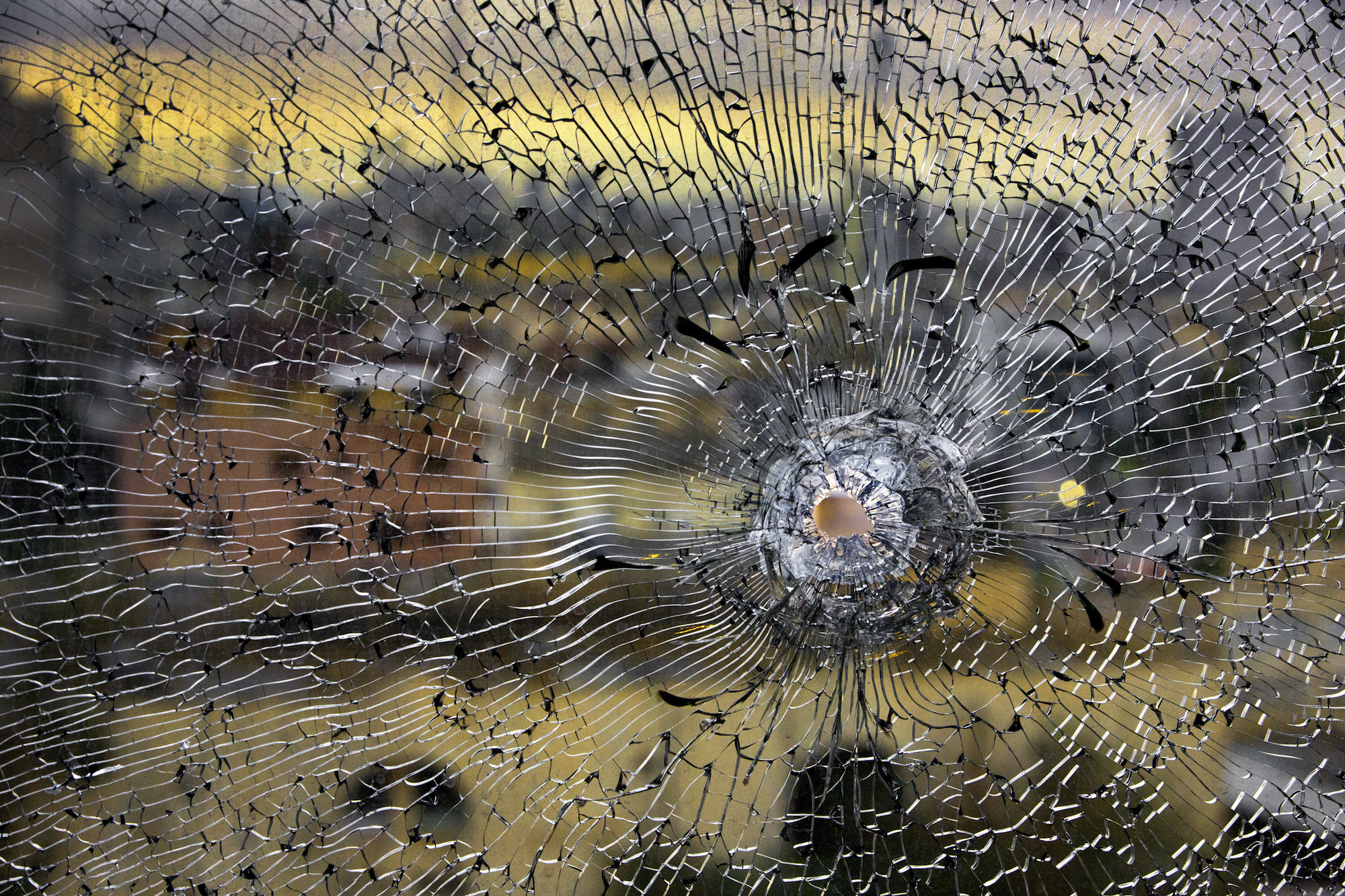
This philosophy explains the diversity of images in Confinement. Although there are some direct references to illness, death and hospitals, the collection feels more tangential and allusive—striving for an affinity beyond the granular details of the medical situation, however universal it has at times felt. Ilit Azoulay explains that lockdown has allowed her to explore the theme of female hysteria; Reza Deghati’s image shows a gunshot hole through a window, a snippet of his conflict photojournalism and a reminder that the pandemic did not put a stop to wars.
The book builds on an existing project. In Spring 2020, Prix Pictet commissioned Fiona Shields, the Guardian’s director of photography, to work with the four shortlisted photographers on a picture essay assessing the impact of the pandemic so far. Nadav Kander (Earth), Alexia Webster (Hope), Rena Effendi (Hope and Power) and Rinko Kawauchi (Space) each touched on a single theme, and were asked to “more beyond the obvious,” taken to mean the “new cliches of wildlife cautiously exploring the unpeopled streets, or iconic monuments devoid of tourists.”
The initiative was then widened to include all 88 living photographers shortlisted for the Prix Pictet to date. The result is a book collecting the work of 43 photographers including Awoiska van der Molen, Edmund Clark and Joana Choumali. In the book’s second essay, Jennifer Nansubuga Makumbi unpicks the language of the pandemic, one of “shock, disbelief, outrage, blame and self-consolation,” and the misrepresentation of Africa within pandemic narratives. The phrase “strange and difficult times,” at once comforting, has become so elastic and inadequate to have taken on a near-ridiculous quality, she argues.
“These strange and difficult times depend on you having experienced times that were neither strange nor difficult”
Confinement illustrates her conclusion that the pandemic’s worst effects have been unequally distributed. Joel Sternfeld photographs Joe Conway, one of thousands of Americans unable to afford secure housing and so sleeping rough in its cities. Brent Stirton captures lettuce farmers working through the risk in personal protective equipment. Abbas Kowsari’s work is perhaps the most direct: from the foot of a stone table, we see a body wrapped tightly in linen while three figures in overalls and gas masks look to be exiting the dusty Iranian room.
- Abbas Kowsari, Cleric volunteers prepare a Covid-19 victim ahead of burying him on 10 April 2020 in Sari, Iran (left); Cleric volunteers bury the body of a COVID-19 victim on 10 April 2020, in Abjer Village near Qaem Shahr, Iran (right), 2020. Courtesy the artist and Prix Pictet
“These strange and difficult times depend on you having experienced times that were neither strange nor difficult,” Nansubuga Makumbi reminds us, drawing an extended link between the industrial revolution and pandemics—the result of overreach by a small number of powerful and historically repressive nations. “It is the Western lifestyle from which the Earth is haemorrhaging.”
In this vein, Prix Pictet’s mantra to “ensure that matters of sustainability remain at the forefront of global debate, where they need to belong” is well served. Susan Derges arranges dusks of seeds into neat circles; Janelle Lynch creates an Ode to Fern Valley with a tender forest shot; Edmund Clark captures the North Wirral Foreshore, a site of intertidal sand and mudflats up England’s north-west coast.
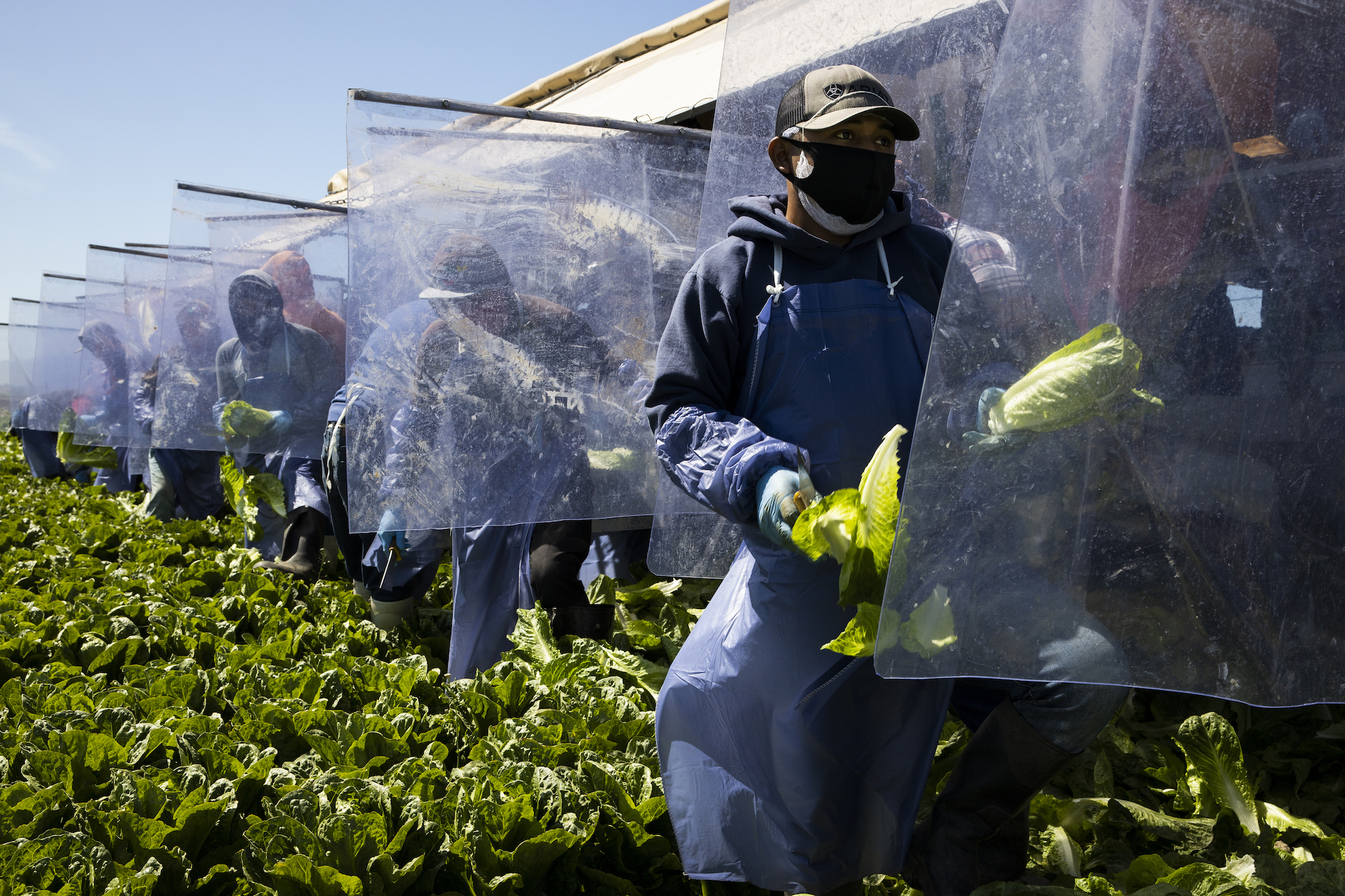
Included too are images from Mandy Barker’s project Lunasea, where the artist creates moon phases made of a mixture of plastic and coral—eight full moons and 56 eclipses—ending with eight new moons of coral. Barker hopes that “interactions with images of plastic moons could reach a global audience, and go on to empower change.” Coupled with Frankopan’s edict that we are living through “the largest social science experiment in history,” there is much here to ponder beyond ourselves.
